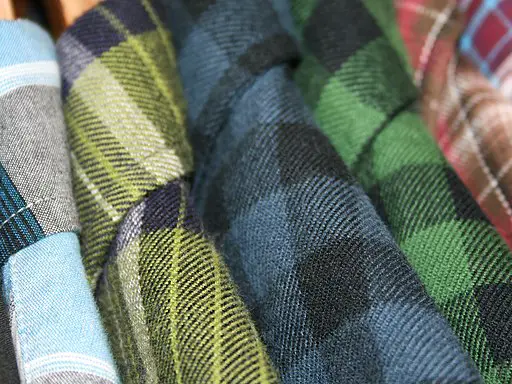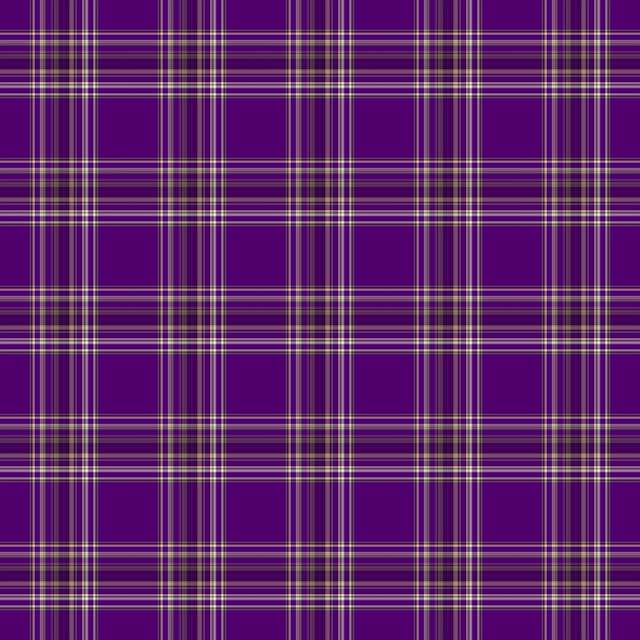Plaid refers to a pattern with intersecting stripes, while flannel is a soft fabric, often woven with a plaid pattern, used in various garments for warmth and comfort.
TL;DR Plaid Vs. Flannel
Plaid has become synonymous with the classic tartan designs seen in Scottish kilts and traditional clothing. It has also evolved to include various other patterns such as houndstooth, windowpane, or gingham.
Flannel is a soft woven fabric typically made from wool or cotton fibers. It is known for its warmth and comfort, making it ideal for colder weather. Flannel shirts have become popular casual wear due to their cozy feel and versatility.
What is Plaid?

Plaid is a pattern characterized by intersecting horizontal and vertical stripes, creating a distinctive crisscross design. The pattern often features multiple colors, forming a checkered or tartan look.
Originating from Scottish clans, plaid patterns were traditionally associated with specific families or regions. Over time, plaid became a versatile and widely embraced design, found in clothing, home decor, and accessories. Its popularity extends to various cultures and fashion styles, ranging from classic tartans to modern interpretations.
Plaid can be woven or printed onto fabrics, contributing to its diverse applications in shirts, scarves, blankets, and more. The term “plaid” is sometimes used interchangeably with “tartan,” especially in the context of Scottish patterns.
What is Flannel?

Flannel is a soft, woven fabric known for its warmth and comfort. Typically made from cotton, wool, or a blend of both, flannel undergoes a process called brushing, where the fabric’s surface fibers are raised to create a soft and fuzzy texture.
This characteristic makes flannel exceptionally cozy and suitable for cold weather. While flannel can come in various patterns or solids, it is often associated with a plaid design. Commonly used in shirts, pajamas, and bedding, flannel garments provide insulation and a comfortable feel against the skin. Its popularity in casual and outdoor wear stems from its ability to provide both warmth and breathability, making it a favored fabric for fall and winter clothing.
Plaid Vs. Flannel – Key differences
| Criteria | Plaid | Flannel |
|---|---|---|
| Definition | Pattern with intersecting stripes | Soft, woven fabric known for warmth and comfort |
| Composition | Can be woven or printed onto various materials | Typically made from cotton, wool, or a blend of both |
| Texture | Refers to a design pattern | Describes the soft and fuzzy feel achieved through brushing |
| Usage | Found in various items, including clothing, accessories, and home decor | Primarily used for making warm and comfortable clothing, bedding |
| Variations | Plaid patterns can be applied to different fabrics, including flannel | Flannel can come in various patterns, including plaid or solids |
| Application in Clothing | Plaid patterns can be found on various types of clothing | Commonly used in shirts, pajamas, and other garments for its warmth and softness |
| Emphasis in Description | Focuses on the visual pattern of intersecting stripes | Emphasizes the fabric's soft, brushed texture and warmth |
Image Credits
Featured Image By – Vicki Hamilton from Pixabay
Image 1 By – Junior Chukwuemeka from Pixabay
Image 2 By – Louis Beche, CC BY 2.0 , via Wikimedia Commons







